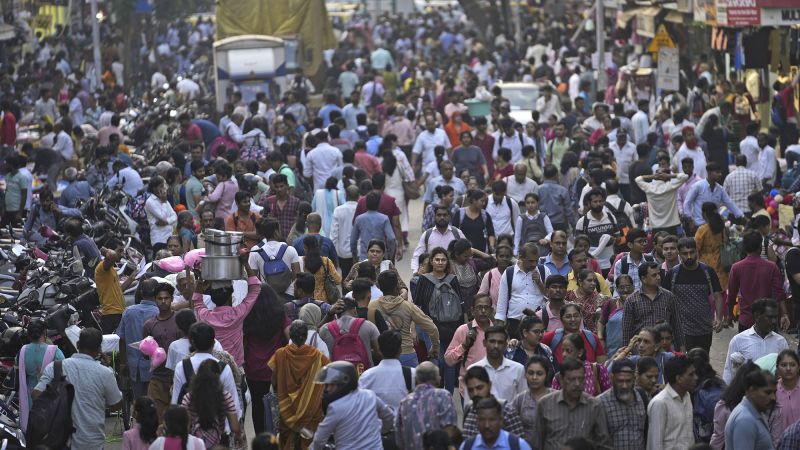India, under the leadership of Prime Minister Narendra Modi, is aiming to become a $5 trillion economy by the end of the current decade. However, challenges such as lack of job opportunities for its citizens, particularly women, are hindering its progress. With over 460 million women of working age in India, the country is missing out on potential economic growth due to low female labor force participation rates. Job creation, especially for women, is a critical issue that needs to be addressed to fully realize India’s economic potential.
Cultural norms and societal expectations often play a significant role in hindering women from entering or staying in the workforce in India. Women face challenges such as domestic responsibilities, limited opportunities for career advancement, and even discrimination in the workplace. While the Modi government has introduced policies to encourage more women to join the workforce, there is still a long way to go in achieving gender equality and empowering women in the labor market. Initiatives such as paid maternity leave and efforts to diversify supply chains are steps in the right direction.
The state of Tamil Nadu is emerging as a hub for female employment in India, with companies like Foxconn and Samsung employing a significant number of women in their manufacturing plants. The Tata Group is also making efforts to improve diversity in its workforce, with a solar factory in Tamil Nadu where 80% of the workers are women. The state government is also building housing projects to provide safe accommodation for women workers, encouraging more women to enter the workforce without having to relocate to new cities.
While India is making progress in increasing female participation in the workforce, challenges such as safety concerns and cultural barriers still exist. The country is making efforts to address these issues, but there is a long way to go in creating a more inclusive and supportive environment for women in the workforce. Initiatives such as affordable housing and transportation options are crucial in ensuring the safety and well-being of women employees. Efforts to decentralize the economy and create more regional manufacturing clusters are also key to reducing the need for large-scale migration of workers.
India has the potential to become an economic superpower and fill the void left by China’s economic slowdown. However, the country must address the longstanding issue of lack of job opportunities, particularly for women, to fully realize its economic potential. By empowering women in the workforce, India can boost its economic growth and achieve its goal of becoming a $5 trillion economy by the end of the decade. Embracing diversity and inclusivity in the workplace is essential for India’s economic progress and global competitiveness.


